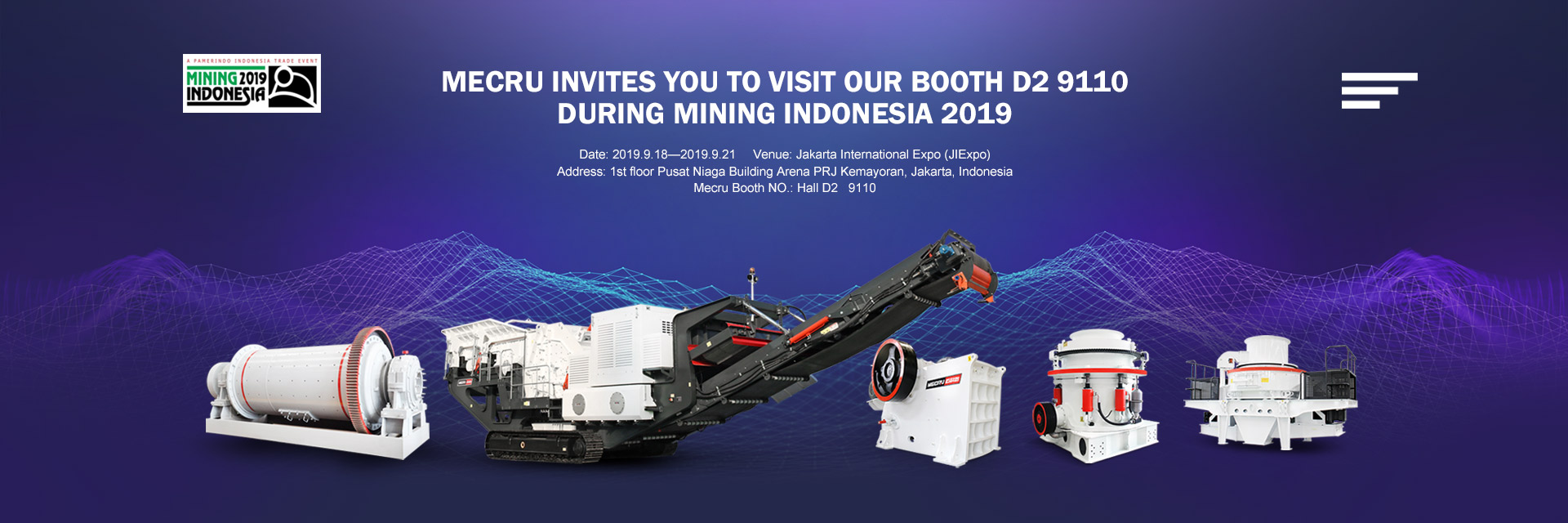The grinding mill grinding cost for phosphate rock depends on several factors, including the type of mill used, energy consumption, maintenance, and operational efficiency. Below is a breakdown of key considerations:
1. Types of Grinding Mills for Phosphate Rock
Phosphate rock is typically ground to a fine powder (usually 75–150 microns) for use in fertilizer production. Common grinding mills include:
– Ball Mill – Traditional, reliable, but higher energy consumption.
– Vertical Roller Mill (VRM) – More energy-efficient, lower maintenance.
– Rod Mill – Used for coarse grinding before fine milling.
– HPGR (High-Pressure Grinding Rolls) – Energy-efficient but higher initial cost.
2. Cost Factors
 # A. Energy Consumption
# A. Energy Consumption
– Electricity is the biggest cost (~50–70% of total grinding cost).
– Ball mills consume 15–25 kWh/ton.
– VRMs consume 10–20 kWh/ton (more efficient).
– HPGRs can reduce energy use by 20–30%.
# B. Maintenance & Wear Parts
– Ball mills require frequent liner and grinding media replacement.
– VRMs have lower wear rates but require precision maintenance.
– HPGRs have high wear on rolls but longer service intervals.
# C. Capital Cost
– Ball mills: Lower initial cost (~$1M–$5M depending on size).
– VRMs: Higher initial cost (~$2M–$8M) but lower operating costs.
– HPGRs: Expensive (~$3M–$10M) but offer long-term savings.
# D. Operational Efficiency
– Wet grinding (slurry) vs. dry grinding affects costs.
– Moisture content in phosphate impacts milling efficiency.
 3. Estimated Grinding Cost per Ton
3. Estimated Grinding Cost per Ton
| Mill Type | Energy Cost ($/ton) | Maintenance ($/ton) | Total ($/ton) |
|—————-|——————-|——————-|————-|
| Ball Mill | 5 – 12 | 2 – 5 | 7 – 17 |
| VRM | 4 – 9 | 1 – 3 | 5 – 12 |
| HPGR + Ball | 3 – 8 | 2 – 4 | 5 – 12 |
*Assumptions: Electricity at $0.10/kWh, medium-hard phosphate





Leave a Reply